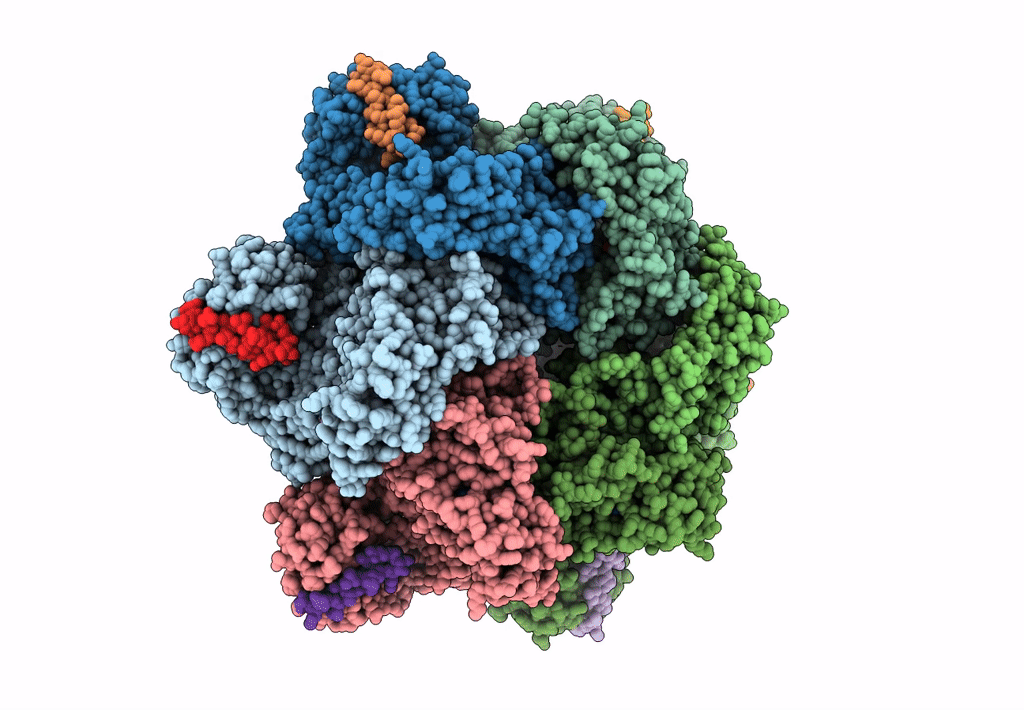
Deposition Date
2022-12-01
Release Date
2023-06-21
Last Version Date
2023-12-20
Method Details:
Experimental Method:
Resolution:
2.95 Å
Aggregation State:
PARTICLE
Reconstruction Method:
SINGLE PARTICLE


